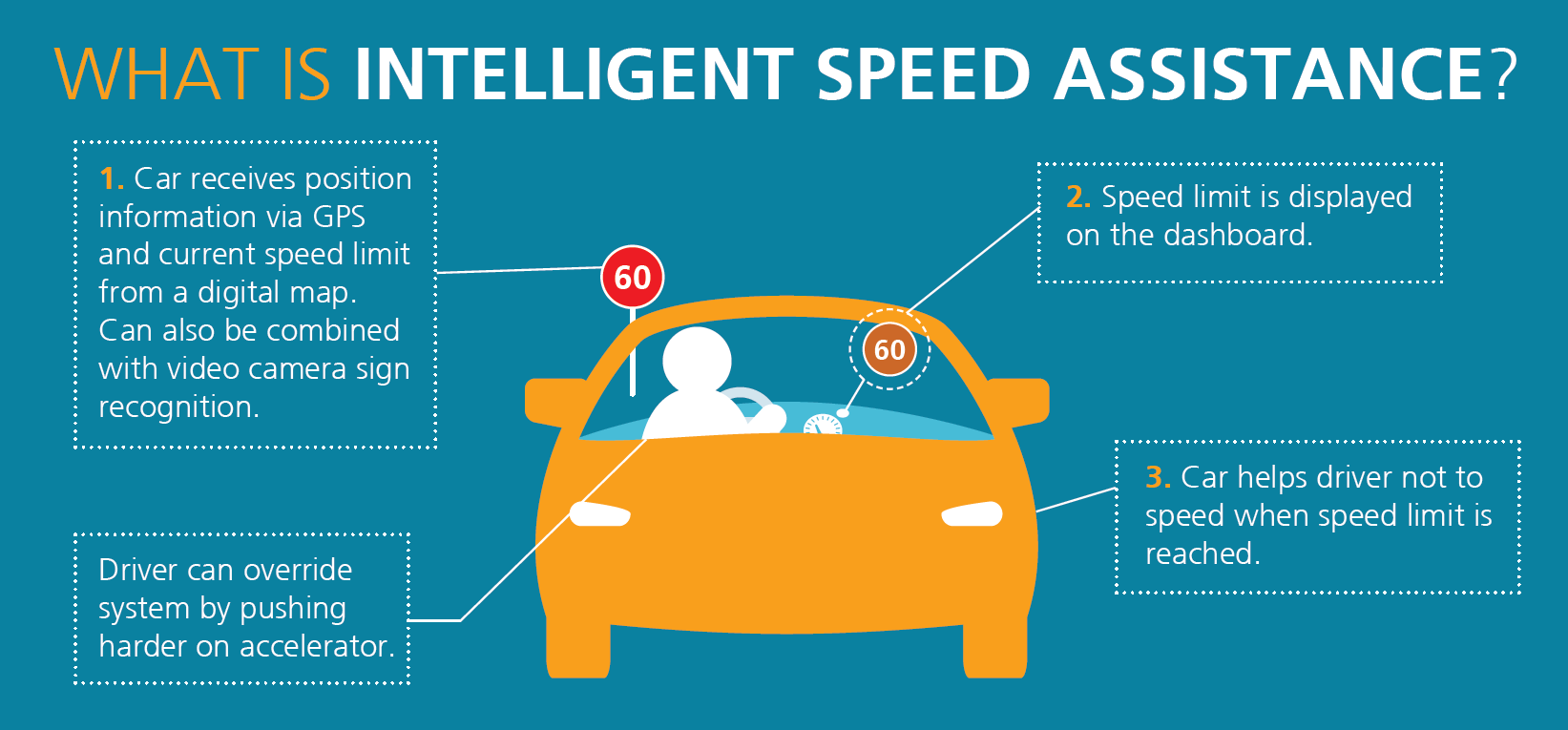
Very interesting article in Popular Science discusses recent legislation giving judges the authority to mandate the installation of devices that physically prevent repeat offenders from exceeding posted speed limits. Earlier this month, the Washington State Senate overwhelmingly passed House Bill 1596 (40-8), known as the BEAM Act, which aims to reduce reckless speeding and enhance road safety across the state. At least five other states, including Cohen’s home state of New York, are considering similar legislation.
Apparently, the political will for this technology exists. Across the country, statistics show that a small portion of drivers who consistently drive too fast—a group referred to by advocates as “super speeders”—are responsible for a sizable chunk of fatal traffic deaths.
There’s reason to believe the issue is getting worse, too. Research shows drivers across the country started speeding more during the earlier stages of the COVID-19 pandemic and lockdown. Jessica Cicchino, vice president of research at the Insurance Institute for Highway Safety, believes some drivers may be tempted to drive faster due to “empty roads” driving during lockdowns. But that habit seems to have lingered even when traffic increased. The National Highway Traffic Safety Administration (NHTSA) claims speeding-related fatalities in the US reached a 14-year high in 2021.
Supporters of anti-speed legislation see a parallel between the proposed court-mandated speed limiters and the more widely known ignition interlock devices (or “in-car breathalyzers”) used for people convicted of driving under the influence.
WHAT IS “INTELLIGENT SPEED ASSISTANCE?”
Devices broadly referred to as “Intelligent Speed Assistance” (ISA) systems, leverage advances in GPS and other technologies embedded in modern connected cars to apply a similar “in-car breathalyzers” concept to speeding. And while the movement against so-called “Super Speeders” is gaining momentum, some worry that mandatory ISA devices could introduce new, unintended safety risks. The legislation may also face an uphill battle in rural, lower-population states where driving—and driving fast—is deeply ingrained in daily life and culture.
Advocates say ISA devices, particularly those targeted toward alleged Reckless Driving, could make streets significantly safer for both motorists and pedestrians. According to the National Highway Traffic Safety Administration (NHTSA), more than 11,775 people died in speed-related crashes last year. Speeding, the agency says, was a “contributing factor” in 29 percent of all traffic fatalities.
HOW DOES INTELLIGENT SPEED ASSISTANCE WORK?
Devices designed to limit a vehicle’s top speed, sometimes referred to as governors or speed limiters, date back to the early-20th century. Intelligent Speed Assistance (ISA) systems differ in that they rely on a combination of the vehicle’s current speed and the posted speed limit. These devices determine the legal speed limit using GPS data synced with a pre-programmed digital map, or by employing the vehicle’s onboard cameras and LiDAR sensors to read speed limit signs in real time. Cameras and LiDAR are the same types of sensors used to help Waymo and other autonomous vehicles “see” the world around them.
Once an ISA system detects that a driver has exceeded the speed limit, it triggers various visual and audio cues, usually in the form of warning chimes and flashing dashboard lights. These systems are referred to as “passive” ISA. All new vehicles sold in the European Union, as of last year, must have passive ISA systems. The “active” ISA systems, which the Super Speeder legislation focuses on, go a step further by using tactile responses to push back on the accelerator or limit the engine’s power output, physically preventing the driver from exceeding a certain speed.
Judges or local governments can set thresholds for how far over the speed limit a driver can go before the system intervenes—typically around 5 mph above the posted limit. These devices are designed to detect changes in speed limits in advance, giving the driver time to slow down gradually. In theory, this should help avoid scenarios where a vehicle suddenly slams on the brakes upon entering an area with a lower speed limit.
DOES ISA TECHNOLOGY HAVE CRITICS?
Yes. Some opponents argue that the inability to temporarily exceed the speed limit could create dangers in certain scenarios, like when a driver is suddenly confronted with a tailgater. There are also emergency situations, like rushing to a hospital due to an injury or pregnancy, or quickly avoiding a potential collision, where it would seem reasonable to allow a driver to momentarily exceed the posted speed limit at their discretion.
Some legislation, like the one in Washington, attempts to side step this by including a big red button that drivers could press up to three times per month to override their mandatory ISA system. The button is configurable, and can be programmed to only allow a certain amount of uses over a certain amount of times.
Please contact my office if you, a friend or family member are charged with Reckless Driving or any other crime. Hiring an effective and competent defense attorney is the first and best step toward justice.
















